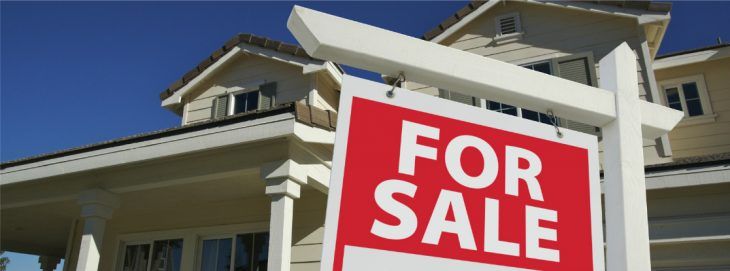UA economist says regional planning for affordable housing needed before it’s too late
by April 1, 2018 9:46 am 1,342 views

UA Walton College of Business economist Mervin Jebaraj said the strong population growth in Arkansas metropolitan areas is a welcome trend, but he warns that a downside is the struggle to find affordable housing.
Appearing on this week’s edition of Talk Business & Politics, Jebaraj said that Arkansas leaders need a plan to maintain housing for all income levels or parts of the state could see uncontrollable housing costs with which fast-growing coastal communities have struggled.
“We don’t want to get to that level because once we do, it’s really hard to solve. Right now, there’s space and time here in Northwest Arkansas and other growing regions of the state to deal with housing before we have an affordability crisis,” he said.
Jebaraj, director of the Center for Business and Economic Research in the Sam M. Walton College of Business at the University of Arkansas, was commenting on the rising population growth in Arkansas’ four major metropolitan regions. Northwest Arkansas saw a 2.3% growth in population between 2016 and 2017, while Jonesboro and Northeast Arkansas saw a 1.1% growth rate. Central Arkansas (.67%) and the Fort Smith metro region (.38%) saw growth, but at slower rates.
The effect of this growth is a rising cost of housing and a lack of availability for lower-income or starter home purchases.
“In Northwest Arkansas, about 70% of the growth was net in-migration. That’s not people being born here. That’s people moving from other counties into Northwest Arkansas, people moving from other states into Northwest Arkansas. And in Jonesboro, that number was about 60%. So, 60% of the population came from other parts of the state or other regions,” Jebaraj said.
“That increases the need for housing, and at least what we’re seeing here in Northwest Arkansas is that it has put pressure on how many homes are available for sale. The numbers haven’t increased to keep up with population. The number of lots available to build homes on — these are lots in active subdivisions, empty lots that you could put a home on — those are continuing to decline,” he added.
The consequence of this rapid population growth is that home prices have climbed by 25% in Northwest Arkansas, for instance, over a five-year period, according to Jebaraj. He says if Arkansas is going to continue to tout its low cost of living, then this is one area that deserves planning and focus. Possible re-zoning of urban, downtown, or strip center areas could help produce more lower-cost housing options.
“In order to continue to attract people to move into this region, both regions need to develop a housing plan that deals with how much the supply of housing should be to meet the needs of the growing population, and make sure that housing caters to all different income levels,” he said.
Watch more of Jebaraj’s interview regarding employment, unemployment, and other economic factors in the video below.
